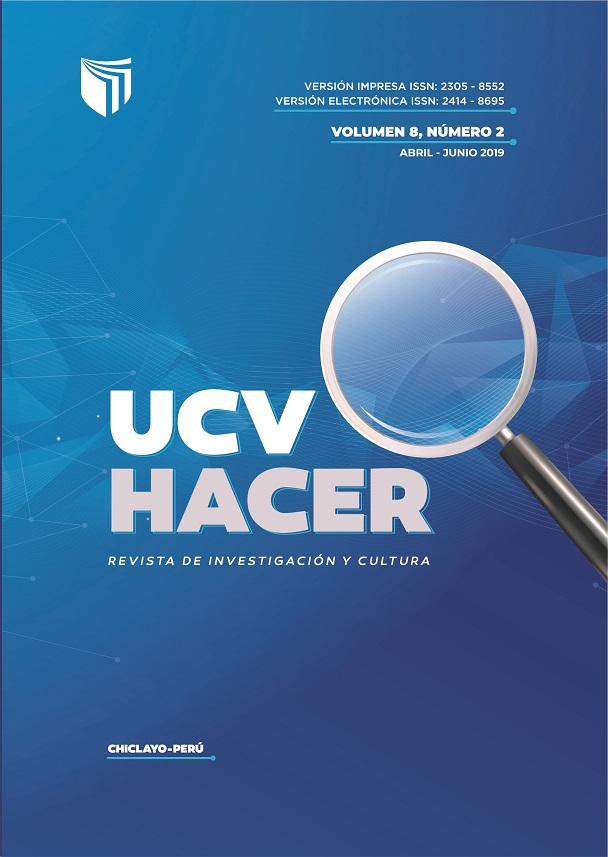Enteroparasitosis and anemia about nutritional status in school and pre school children
DOI:
https://doi.org/10.18050/RevUCVHACER.v8n2a4Keywords:
Nutrition, Public health, Enteroparasitosis,, Anemia, MalnutritionAbstract
The present epidemiological - descriptive study was carried out in Cutervo - Cajamarca City, where 174 school - age and pre - school children from the city of Cutervo - Cajamarca were studied, in order to determine anthropometric nutritional status and how it influences Prevalence of Whole parasites and anemia in child malnutrition, and at the same time a survey was applied to parents to guide health education and sensitivity in a preventive way. The nutritional status of the children was determined using anthropometric measurements using the BMI, for the determination of whole parasites, stool samples were processed using the techniques of modified Baermann cup concentration and in the determination of anemia was used the technique of Microhematocrito. A prevalence of malnutrition per BMI of 12.07% was obtained. The cases of Enteroparasitosis reached a prevalence of 32.18% and regarding anemia the prevalence was 6.32%. The most common parasite was Giardia lamblia with a prevalence of 11.5%. When performing the X2 test in the cross-distribution, Malnutrition with Enteroparasitosis and Malnutrition with Anemia did not find statistical significance, where it was shown that parasitic and anemia do not influence the nutritional status of children in the city of Cutervo -Cajamarca.
Downloads
Downloads
Published
How to Cite
Issue
Section
License

This work is licensed under a Creative Commons Attribution-NonCommercial 4.0 International License.










